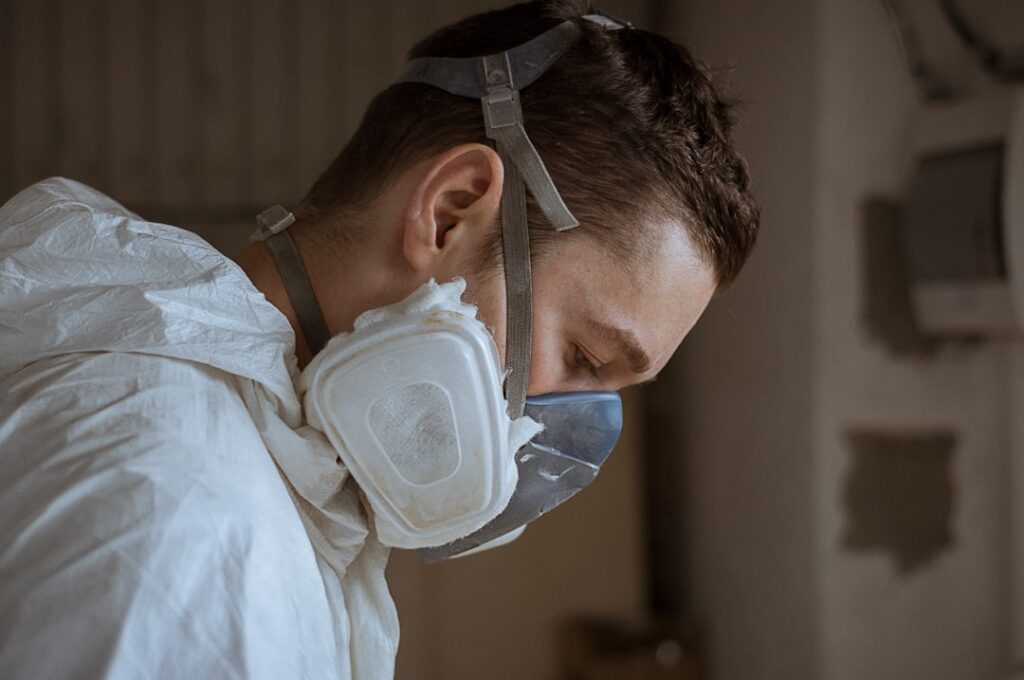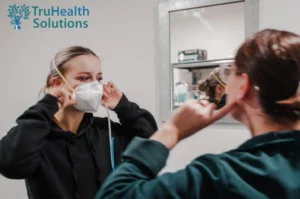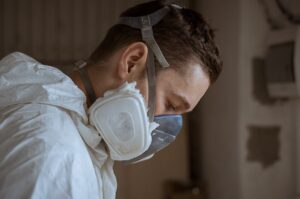New AS/NZS 1715 Ruling Document from Standards Australia
The recent publication of the new AS/NZS 1715 ruling document by Standards Australia has provided crucial clarity for businesses and workers who depend on respiratory protective equipment (RPE). This update specifically addresses how facial hair impacts the safety and effectiveness of tight-fitting respirators, reinforcing existing guidelines and introducing key testing procedures to ensure maximum protection for users. Understanding these new requirements is essential, particularly for industries such as mining, construction, healthcare, and manufacturing, where respiratory hazards are common.
Overview of the New AS/NZS 1715 Ruling
The updated ruling builds upon the AS/NZS 1715:2009 standard, titled “Selection, use and maintenance of respiratory protective equipment.” This joint Australian and New Zealand standard provides comprehensive guidelines for selecting, fitting, and maintaining respirators to ensure user safety. The new ruling, issued by the Standards Australia SF-010 Respiratory Protection Committee, explicitly addresses facial hair and fit testing, providing clear guidance that directly impacts workplace safety protocols.
Why Facial Hair Matters for Respirator Use
Facial hair, including beards, moustaches, stubble, and sideburns, significantly impacts the effectiveness of tight-fitting respirators. The key reason is straightforward—these respirators rely on a secure seal against the skin to prevent harmful contaminants from entering. Even a small gap caused by facial hair can lead to leakage, compromising respiratory protection.
The ruling confirms unequivocally that facial hair interferes with the seal required for tight-fitting respirators, whether they are negative pressure (like traditional filter masks) or positive pressure (including powered air-purifying respirators, or PAPRs). Workers must, therefore, be clean-shaven in the sealing area, including cheeks, jaw, and neck, to ensure a secure fit.
Clarifications on Facial Hair: No Exceptions
One critical point the ruling emphasises is that there are no exceptions to the facial hair rule. The AS/NZS 1715 standard, specifically clauses 4.4.3.1, 4.5.5.2, 8.3, and B2-B5, explicitly states that facial hair cannot be permitted where the respirator must seal tightly to the face. Even short stubble growth can prevent a secure seal, increasing the risk of exposure to harmful airborne substances.
This strict guideline reinforces the need for regular shaving—ideally daily—to maintain compliance and protection. For workplaces where respiratory protection is mandatory, this means policies must clearly communicate and enforce these grooming requirements.
Practical Implications for Workplace Safety
From a practical standpoint, adhering to these guidelines significantly improves workplace safety. Respirators must function correctly to protect against exposure to airborne hazards such as dust, vapours, gases, and infectious agents. Any compromise, such as leaks caused by facial hair, places workers at serious risk.
The NSW Government fact sheet published in April 2024 reinforces these safety measures, clearly stating that as a risk control measure, facial hair must be removed from the sealing surface area. This ensures workers maintain an effective barrier against respiratory hazards, aligning fully with regulatory standards and protecting employee health.
Fit Testing Requirements Explained
An important clarification provided in the ruling relates to fit testing for positive pressure respirators. Fit testing assesses how well a respirator seals against the wearer’s face. The new document mandates that positive pressure facepieces—those that continuously push clean air into the mask—must be fit tested in negative pressure mode. This means testing is conducted with the respirator’s motor switched off, isolating the seal’s integrity independently from the positive pressure.
This requirement, detailed in clauses 4.4.3.1 and 5.2.5.2 of AS/NZS 1715, is designed to accurately assess the respirator’s fit. Even though positive pressure respirators provide a higher level of protection due to constant airflow, they still rely heavily on a good facial seal to minimise leakage. The negative pressure fit test provides confidence that the respirator will protect the wearer even in demanding environments or during high breathing rates.
Future Considerations and Emerging Practices
Interestingly, Standards Australia acknowledges emerging practices, such as the Singh Thattha technique (beard wrapping), which some Australian state health departments have adopted. Beard wrapping involves tightly wrapping facial hair to potentially enable respirator use without shaving. Although currently under review, this practice may eventually be included in future updates to the standards.
Businesses and workers should remain informed about these ongoing developments by consulting local health or Work Health and Safety (WHS) regulators. These agencies will provide authoritative guidance and ensure that workplace safety protocols remain compliant with evolving standards.
Comparative Analysis with Related Standards
While AS/NZS 1715 focuses on the selection, use, and maintenance of respirators, related standards such as AS/NZS ISO 16975.3:2023 offer additional guidance on fit testing. This standard requires workers to be clean-shaven within 12 hours of testing to guarantee a valid result. Together, these documents provide comprehensive guidance, helping employers implement robust respiratory protection programs.
| Aspect | Details |
|---|---|
| Facial Hair Policy | No exceptions; clean-shaven required in sealing area |
| Fit Testing (Positive Pressure) | Conducted in negative pressure mode |
| Future Changes | Singh Thattha technique under review |
| Related Standard | AS/NZS ISO 16975.3:2023 for fit testing requirements |
This table summarises the core requirements, providing an easy reference for implementation and compliance.
Industry Impact and Practical Recommendations
Industries heavily reliant on respiratory protection, such as mining, construction, healthcare, and manufacturing, must immediately adapt to these clarifications. Strict adherence to clean-shaven policies may challenge workplaces where cultural or personal beliefs affect grooming practices. Employers should provide clear communication, training, and regular fit-testing schedules to support compliance and safety.
Companies must clearly articulate grooming requirements in workplace policies, providing employees with resources and training to meet these standards. Regular, documented fit testing must become part of routine occupational health and safety programs, reinforcing the importance of maintaining effective respiratory protection.
Resources and Support for Compliance
To assist businesses and individuals, Standards Australia has made the ruling document available for free download. Practical guidance is also available from the RESP-FIT website and NSW Government resources, providing additional tools to help businesses implement and maintain compliant respiratory protection programs.
Companies should utilise these resources to stay informed about changes, ensuring ongoing compliance and worker safety. It is essential to regularly review and update policies to reflect current standards and best practices.
Partnering for Health and Safety with TruHealth Solutions
TruHealth Solutions understands the complexities of navigating these crucial updates and maintaining workplace safety standards. Our team is committed to supporting your organisation in implementing effective respiratory protection strategies aligned with the new AS/NZS 1715 ruling.
We provide expert guidance, training, fit testing, and tailored support to ensure your workforce remains safe and compliant. By partnering with TruHealth Solutions, your organisation can confidently manage these regulatory changes, ensuring health and safety remain at the forefront of your operational practices.
Contact TruHealth Solutions today to learn how we can help you achieve full compliance, safeguard employee health, and confidently navigate evolving respiratory protection requirements. Your workers’ safety is our priority, and we’re here to help you every step of the way.









